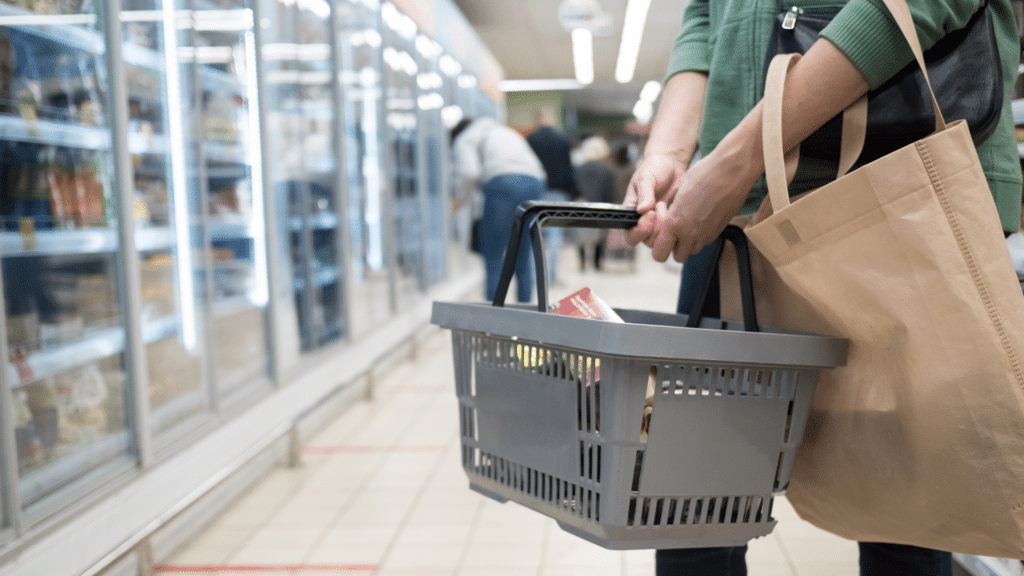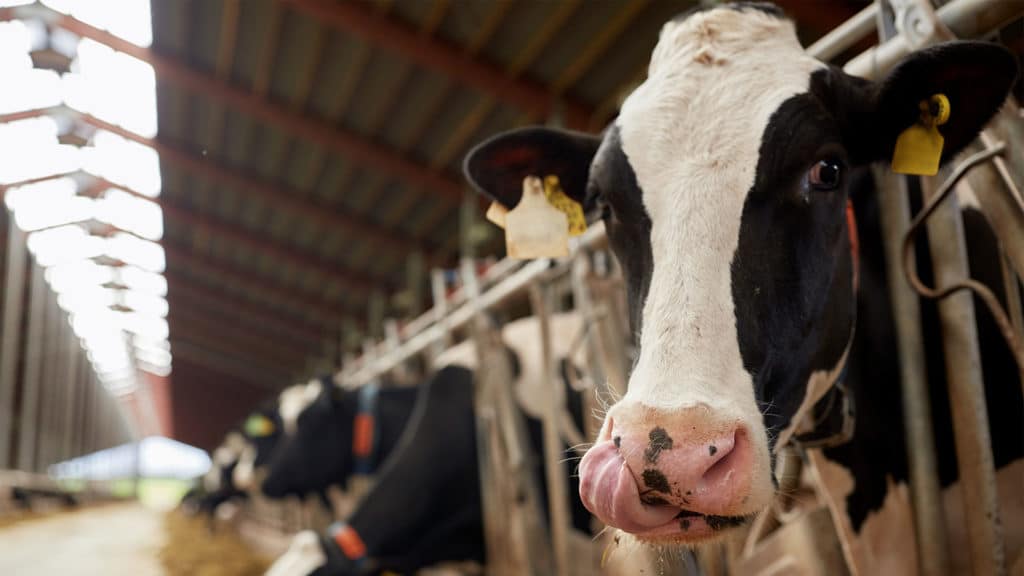After serving as the cornerstone event for the natural products CPG industry for 40 years, Natural Products Expo East closed its Philadelphia doors for the very last time. #RIPexpoeast! While noshing and nattering through product samples and industry panels, we explored the top food, beverage, and wellness trends of 2023. From childlike nostalgia hitting store shelves to a multi-aisle focus on gut-health, the future of food is as functional as it is delicious. Couldn’t make it to the last-ever Expo East? Check out the trends we think you’ll see taking over supermarket aisles soon:
1. Ingredient Minimalism
As consumers seek out a more thorough understanding of what they put into their bodies, the food and beverage industry is experiencing an uptick in CPG foods containing single or minimal ingredients. Case in point: Vista Hermosa tortillas are made with just five familiar ingredients, and Solely gummies have a nutrient profile of whole organic fruits and only two or three ingredients. The takeaway? Brand marketers should consider creative ways to showcase how few ingredients go into their products in their packaging, brand messaging, and PR efforts.
2. Planet-Friendly Fare Through Upcycling
We’ve said goodbye to fast fashion, upcycled foods as a method of waste reduction is next! Upcycled food involves using surplus or imperfect foods to create new products. Jackfruit is an undervalued fruit that often goes to waste, so brands like Amazi are producing dried jackfruit chews that maximize the capabilities of the fruit; Uglies is using rejected, imperfect potatoes while helping farmers and fighting hunger; and Blue Circle Foods is embracing the odd cuts of salmon. Gen Z and millennial consumers believe in making positive sustainability decisions by way of food choices, so this is officially a space to watch.
3. Beverage as Medicine
Drinks that support key aspects of health from digestive, immune, and cognitive health to weight loss and mood support, are becoming more and more popular. Take Culture Pop soda. Every can contains a probiotic strain clinically proven to support and improve gut health and immunity. Each bottle of ShineWater, meanwhile, contains 100 percent of consumers’ daily Vitamin D requirement and hydrating electrolytes. Mushrooms are also popping up in high-protein, all-natural sips, like Everyday Dose mushroom coffee, an alternative to traditional coffee that promotes focus and reduces stress. Brands should think about leveraging the primary functions of their products as major selling points across all brand communications, if they’re not already.
4. Exploring the World from the Comfort of Home
An array of brands are embracing more flavors across cultures, sharing bold, lesser-known ingredient profiles. Sanzo founder Sandro Roco celebrates historically undervalued, authentic Asian flavors using real fruit and no added sugars, while the Vietnamese sisters behind Omsom showcase their culture’s bold flavors, and Better Sour gummy candy taps into the globally-inspired sour flavors of calamansi and ume. And products like Royal Palm and Date Better Snacks leveraging dates, the sweet fruit originating in the Middle East, are multiplying!
What does this mean for marketers? Food and beverage product developers and culinary experts in the CPG space should look into a wide variety of international flavor profiles that resonate with modern consumers, but only where it makes sense and feels authentic to the brand and its products. Brands should not pursue these without conducting extensive research behind the ingredient, its origin, and supply chain. Brand marketers should also consider how to best communicate the “why” behind the addition of a globally inspired flavor/ingredient, to effectively tell a story and develop interest among consumers, the press, and investors.
5. Kids at Heart (and Stomach)
As consumers prioritize what is often considered the most important meal of the day, brands are responding by recreating breakfast classics with wholesome, fun twists. M Booth’s client Rudi’s announced the launch of three new products tapping into breakfast nostalgia, including nut-free Sandos, organic, gluten-free Texas Toasts, and breakfast sandwiches made with sourdough English muffins and gluten-free brioche buns. Mush launched PB&J Overnight Oats, while Happy Grub offers squeezable instant pancake mixes for consumers of all ages.
6. Trendjacking Leads to Product Innovation
Brands are also taking viral social media trends into account. When Brazi Bites noticed waffle makers were trending, and that people were using their Brazilian cheese bread to make content, the brand developed an entirely new protein-packed, gluten-free waffle product. The lesson? It’s important to step back from the heavy data and development behind your brand and keep a pulse on the simple, fun aspects of culture at large. Food and beverage brands with Gen Z and millennial target audiences should be ready to insert themselves into trending conversations and/or, like in the case of Brazi Bites, develop new products stemming from what’s going viral.
7. The Great Plant-Based Debate
The highs and lows of the plant-based industry beg the question: what’s the future of plant-based animal product alternatives? This year, a mix of plant-based meat and dairy among ethically sourced animal-based meat and dairy products proved the ever-changing fluctuation of the competing industries. The verdict: plant-based innovation is still on the rise, especially in an effort to keep ingredients simple and devoid of unnecessary additives and preservatives. Bored Cow’s animal-free dairy-derived milk emphasizes its mission to end factory farming and reduce our food system’s carbon emissions. Supporting local farmers and sourcing fresh animal products ethically is in as consumers revisit the importance of a balanced diet; Lifeway Kefir offers a cultured dairy milk smoothie full of nutritional benefits, like high protein and calcium.
Plant-based brands should continue to lean into their positive environmental impact going into 2024, especially the way they reduce their corporate carbon footprint through animal-free production. Contrarily, brands that use animal-based ingredients should share information about ethical sourcing in addition to callouts to diet enrichment (e.g. high protein, healthy fats, etc.).
For more information, or if you want to discuss where to focus your food and CPG marketing and communications for impact, please contact FraniC@mbooth.com.




